The statistics are ruthless. Up to two-thirds of the apps in leading consumer app store catalogs receive fewer than 1,000 downloads in their first year, and a significant part of them — gets no downloads at all! How is it even possible, mobile apps are supposed to be a true goldmine right? Well — it depends.

What are the aspects that truly determines a mobile app’s success or failure? The chosen technology stack? The budget that you dedicate to make it happen? The way does it look and the speed, that it works on? Yes, of course — these are all important matters when it comes to mobile app development. But fixing your mind entirely on the technology and money side of your project may easily bring your app straight to failure!
After all — you are not building a product, that you want to hide in your closet and forget about. You want the people to use it, enjoy it and after all — pay for it. That’s why you CAN NOT forget about the business side of what you are building! To show you how important is to look at the app development process as a whole, we’ve prepared for you some examples of companies that apps failed, due to bad business decisions.
Table of Contents:
1. How much can failed apps cost?
1.1. Tilt — Social payment startup focused on crowd-funding.
1.2. OpTier — Cloud-based enterprise software business.
1.3. Zulily — Online retailer that offered daily deals.
1.4. Rdio — Digital music service provider.
2. What can you do to make sure, that your idea won’t join the failed apps cemetery?
How much can failed apps cost?
Why those specific examples? Because we are focusing on those companies, which app failure appeared to be the most expensive one. Each of the startups listed below lost more than $50 M in funding — that’s CRAZY big! Without further notice — let’s meet the startups which despite a lot of money available burned out quickly and now serve just as a warning to others.
1. Tilt — Social payment startup focused on crowd-funding
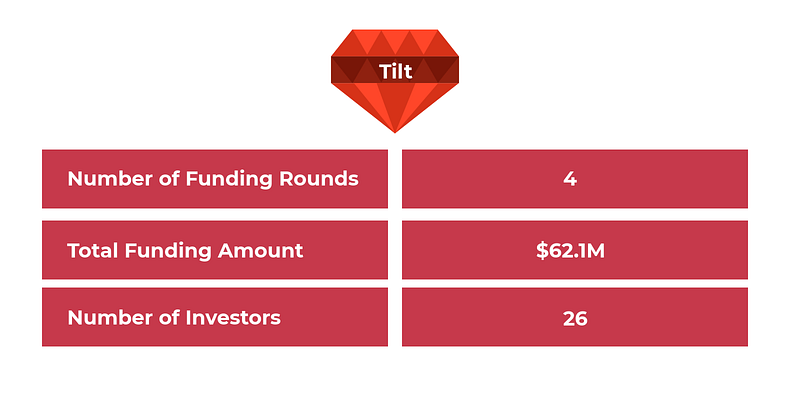
You can’t write an article about failed apps without Tilt. The company was a social payment startup, whose aim was to enable groups and communities to crowdfund various events using the mobile app. It was most popular among college students, who used the app to crowdfund events and settle with friends. Tilt’s first big mission was securing a big fundraiser for a nonprofit organization. As they succeeded, they’ve quickly raised a bunch of money, which, unfortunately — appeared to be the company’s nail to the coffin.
In 2015, Tilt was valued at $375 million, but in less than two years of operation, it had lost over 95% of its worth. How is it even possible to lose THAT amount of money?
The answer is simple: lack of imagination and long-term vision. The company CEO, James Beshara, was a passionate and charismatic person who believed in the power of online networks and technologies. He was perceived as a cooler and fancier version of Mark Zuckerberg and had very strong support from his investors.
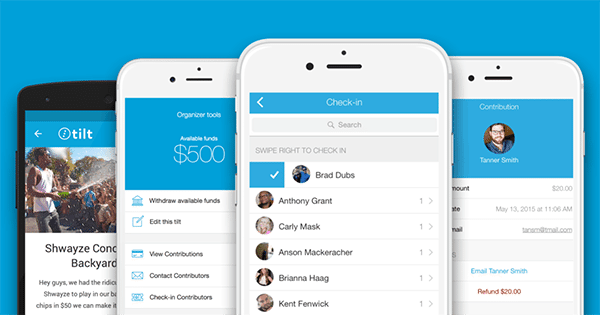
Unfortunately, Beshara pretty quickly showed his true colors as someone much more similar to Elisabeth Holmes from Theranos than Zuckerberg. The minute he got the funding, everything became more important to him than the company growth and managing a sustainable business. Free beer in the office and spoiling his employees during the company’s trips and hangouts using investors money? Hell yeah! Thinking about business strategy and developing the product, that he owes his success to? Come on — it’s too boring to deal with…
The company finally run out of the capital to maintain its operations, went looking for a potential buyer and found one in Airbnb. Airbnb bought the cash-strapped company for $12million in 2017.
2. OpTier — Cloud-based enterprise software business
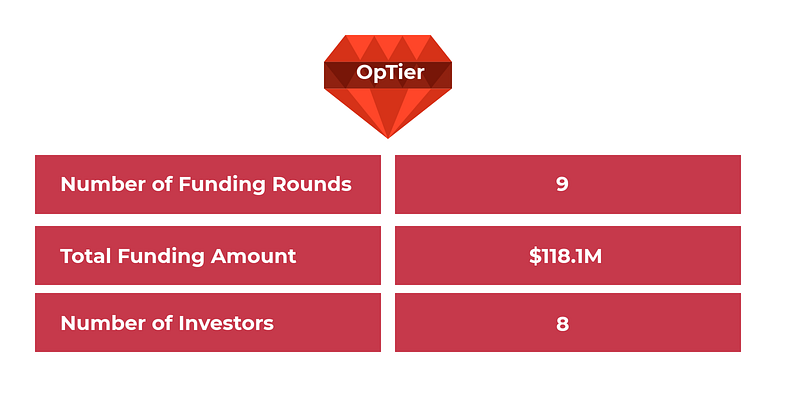
Another example from a failed apps graveyard is OpTier. The company services included an Application Performance Management (APM) which helped businesses manage and optimize their projects with the help of contextualized large data. OpTier aim was to empower trade arrangements by analyzing billions of business transactions daily and offering extremely valuable insights, to help companies make better-educated business decisions based on hard data. So — the latest technology plus Big Data, what could possibly go wrong?
There was more than one reason, why OpTier failed, but one of the most significant ones, were definitely too little market share, revenue and investment capital to re-position and regain growth. The company had raised over $100m in the seed funding but didn’t keep the pace of a rapidly changing market. OpTier was founded when websites were the main center of attention, however, new companies that entered the market were able to provide the same service in a matter of hours and the company just wasn’t quick enough to adapt to the new market expectations.
Another reason why OpTier failed was not preparing enough for the era of smartphones — just like Nokia did. An iPhone Mobile phone brought up a system of interaction compared where the focus was on monitoring system performance and APM had to expand to analyze customer trends across multiple channels. Unfortunately — OpTier was already struggling back then with big losses and didn’t have enough money to adapt to the new situation. In the end — not being flexible enough to the market and users' needs made OpTier one of the examples of the most expensive failed app.
3. Zulily — Online retailer that offered daily deals
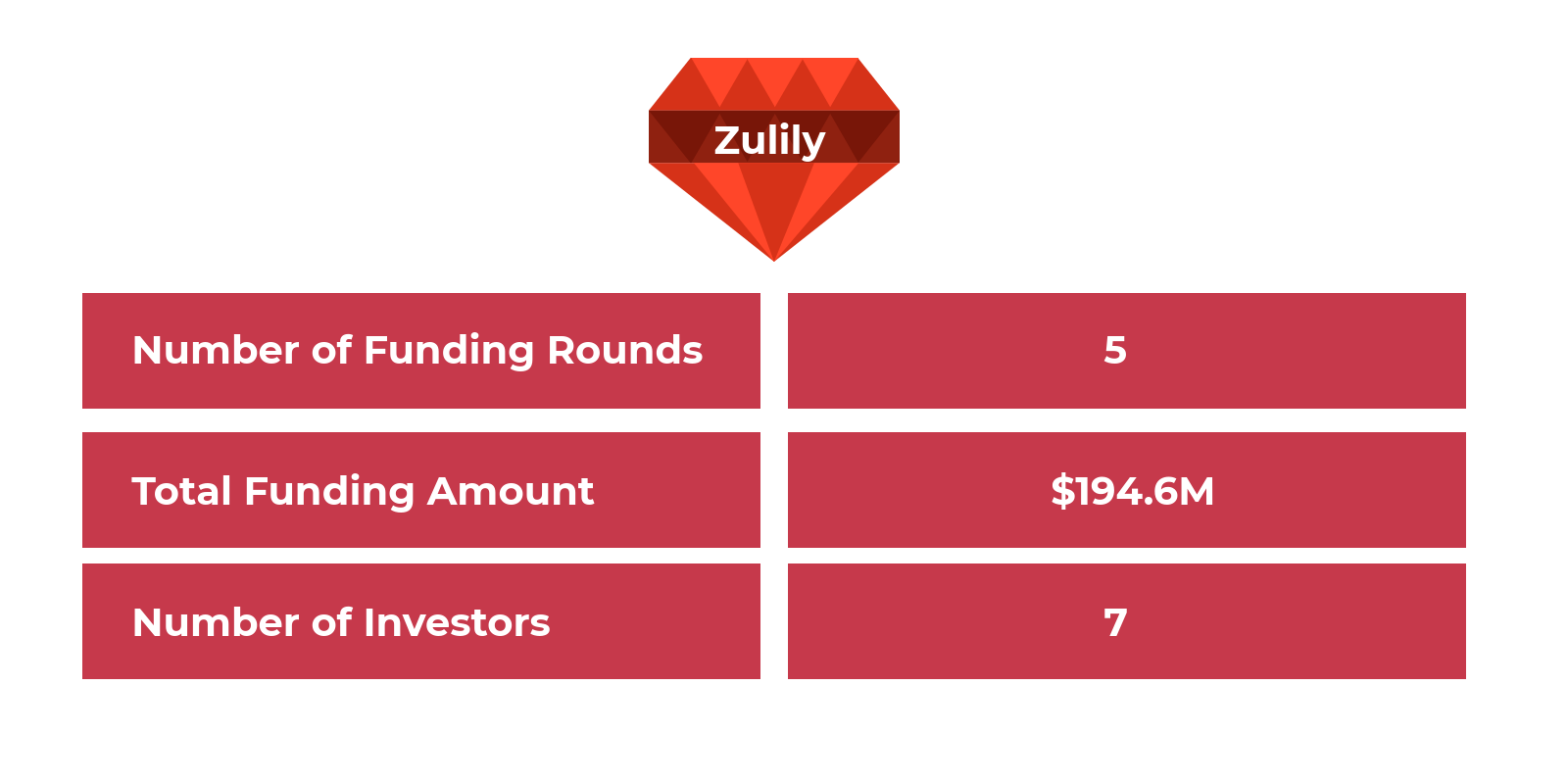
Zulily e-commerce app target audience were moms looking for clothing and other products dedicated to their children. What made the app special, and gave a product huge popularity at the begging, were heavily discounted, invite-only, flash sales. The flash sales lasted for 72 hours maximum and the site featured hundreds of items on that kind of offer every day!
You couldn’t find well-known brands there but it was okay, because of the very broad offer that included prenatal care products, baby gear, travel accessories, bedding and bath, children’s clothing, toys, DVDs, and educational materials. What’s more, Zulily was a big evangelist of eco-friendly approach — they promised that they would plant a tree for each new purchase on the site in the name of the buyer’s child.
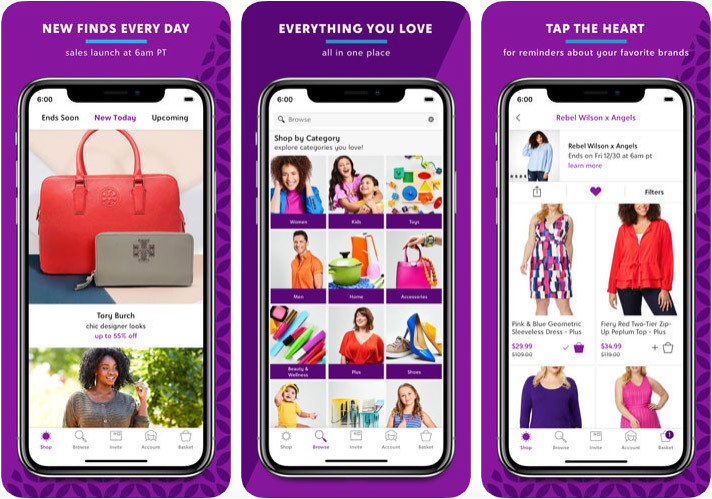
source: https://www.igeeksblog.com/best-baby-shopping-iphone-ipad-apps/
Zulily is a perfect example that even with the best idea, a good quality product, you can still fail due to the poor marketing decisions. The company became greedy and make a huge mistake, of demanding users e-mail address BEFORE they had a chance to even see what the shop have to offer. This marketing trick met with a lot of criticism since it violated some basic marketing principles, like gaining users' trust and showing them what they pay for with their precious personal data.
Initially, the app achieved record success with the number of new subscribers who registered on the site, but at the same time — the sales number rapidly decreased. People gave their mail only to peek at the site and registered users couldn’t necessarily be considered loyal or even willing customers. Zulily e-mail trick discouraged thousands of potential new customers to sign up, while their existing ones, often bought something only once, and didn’t ever come back. The feedback from the clients was also that they felt overwhelmed by the number of merchandise and flash sales invitation the e-shop offered, so the company complied by diminishing them, which caused another drop in the sales. This, connected with a pretty long delivery time that Zulilu offered, led to app failure, losing nearly $200 million and becoming one of the examples how to NOT market your product in the digital era.
4. Rdio — Digital music service provider
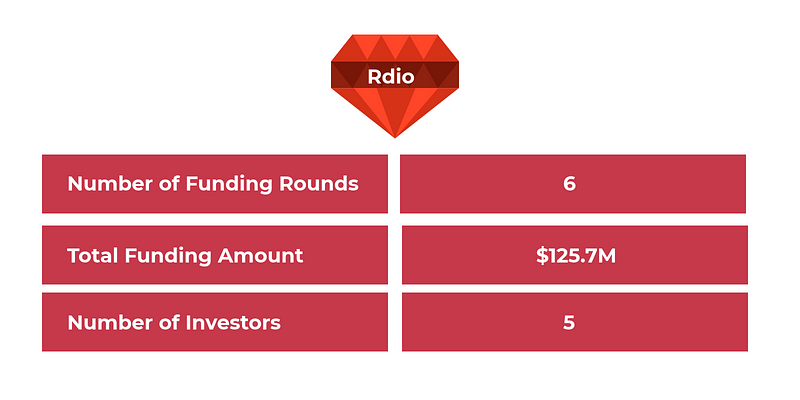
Rdio was a real pioneer of its time, offering the first modern music streaming services to the American audience The app appeared to have it all: a beautiful, flawless product, that connected people together and made listening to the music more convenient than ever. As other modern successful apps with a similar idea (Spotify, Tidal, Last.fm), Rdio enabled you to peak on what your friends listen to and give you music recommendations, based on your circle of friends’ playlists. Even though the app founded in 2008 was first that offered that — they failed. So what exactly gone so terribly wrong along the way?
Although Rdio developed an excellent product, its weakness was in the close to non-existent marketing and distribution department. The fact that they reached the market before Spotify because they didn’t use that in any way. The second Spotify and its great marketing strategy appeared — they were doomed.
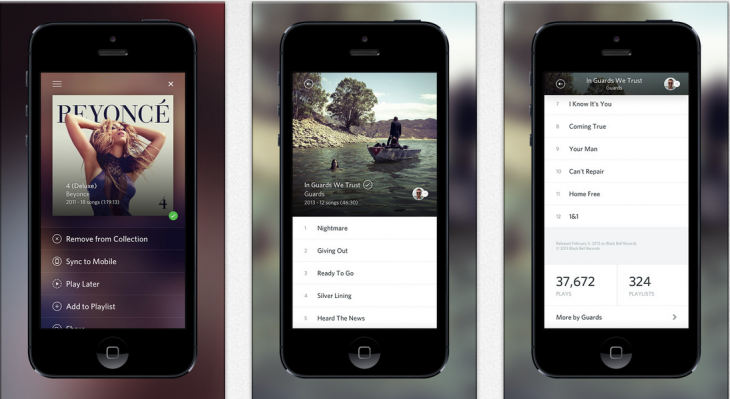
But its not only about poor marketing when it comes to answering the question: how the hell is it possible, to waste such an excellent idea?! Another factor was definitely the wrong monetization strategy that the app decided on. While Rdio required users to pay for an ability (similar to Last.fm) to listen to their streaming service, Spotify broke that entry barrier and offered free music thanks to the paid advertising.
Rdio tried very hard to get back in the game (after all, they had a pretty dedicated group of users, that felt emotionally connected with their app) bad they failed. A mix of bad timing, reluctant leadership, and wrong priorities was what finally caused this very innovative concept to go out of business.
What can you do to make sure, that your idea won’t join the failed apps cemetery?
In the end, what can we all learn from those very promising at first, but at the end failed apps examples? I’m sure, that you have your own thoughts already — I would much appreciate it if you would write them in the comment section. What I’ve prepared for you is a set of 5 golden rules, that everyone should learn from Tilt, OpTier, Zulily, and Rdio mistakes. Check them out below!
#1 You need to ALWAYS be up-to-date when it comes to technology trends
In a rapidly changing market of app development, those who stay behind will eventually loose. OpTier failed miserably because they didn’t take the iPhone seriously. Would you imagine a world without Apple products now? Exactly. So if you are thinking about making an app from the scratch, or adding some functionalities to an existing product “sometime in the future” just stop — and do it now. Don’t get me wrong — I don’t want you to make any reckless decision. But if you need months or even years to decide whether to pursue your app idea or not — maybe the technology business is not the best one for you.
# 2 Don’t get overly excited when you get your first funding
You have raised your first serious money — we get that, you are very excited and think, that they will never end. But they will and probably it will happen much sooner than you could expect. A smart CEO, in the opposite of the one from Tilt, knows, how to allocate his/her funds and make the best use out of them.
# 3 Keep a close eye on your competitors
You are definitely not the only fish in the sea when it comes to app development market — and you have to bear that in mind all the time. It might happen, that when you are still thinking about adding some functionality, your competitor already did that. Compare their failures and successes to your case to avoid the Rdio misery and build an app, that will last for years and years!
# 4 Don’t scare your potential users with aggressive marketing campaigns
Marketing changed a lot since the Mad Men days — now it’s not about creating an ad or message that mostly you, and your coworkers like. It needs to resonate with your audience. So before implementing some new, fancy marketing idea, thinking only about what you can get from it — stop and think. Would I, as a potential client, would like to be approached by this kind of message? Obviously — Zulily owners didn’t bother to do that and as a result, the app is dead now.
# 5 Choose your monetization strategy very carefully
It doesn’t have to be set in stone from the very beginning, but you have to know the general direction. If you see, that all of your competitors are giving their services for free at the beginning, offering a paid subscription later — you will only embarrass yourself, by asking for money upfront (just like the Rdio did).
Conclusion
When you are thinking about making an app, technology is pretty much the last thing that you have to worry about — of course, only assuming, that you have chosen the right software partner/team of developers that will take care of that part of you. You should just focus on being a brain of the whole process by making the right, well-educated business ideas.
A right software partner will help you to gather and analyze the data relevant in your specific case during the Discovery Phase of your project.





